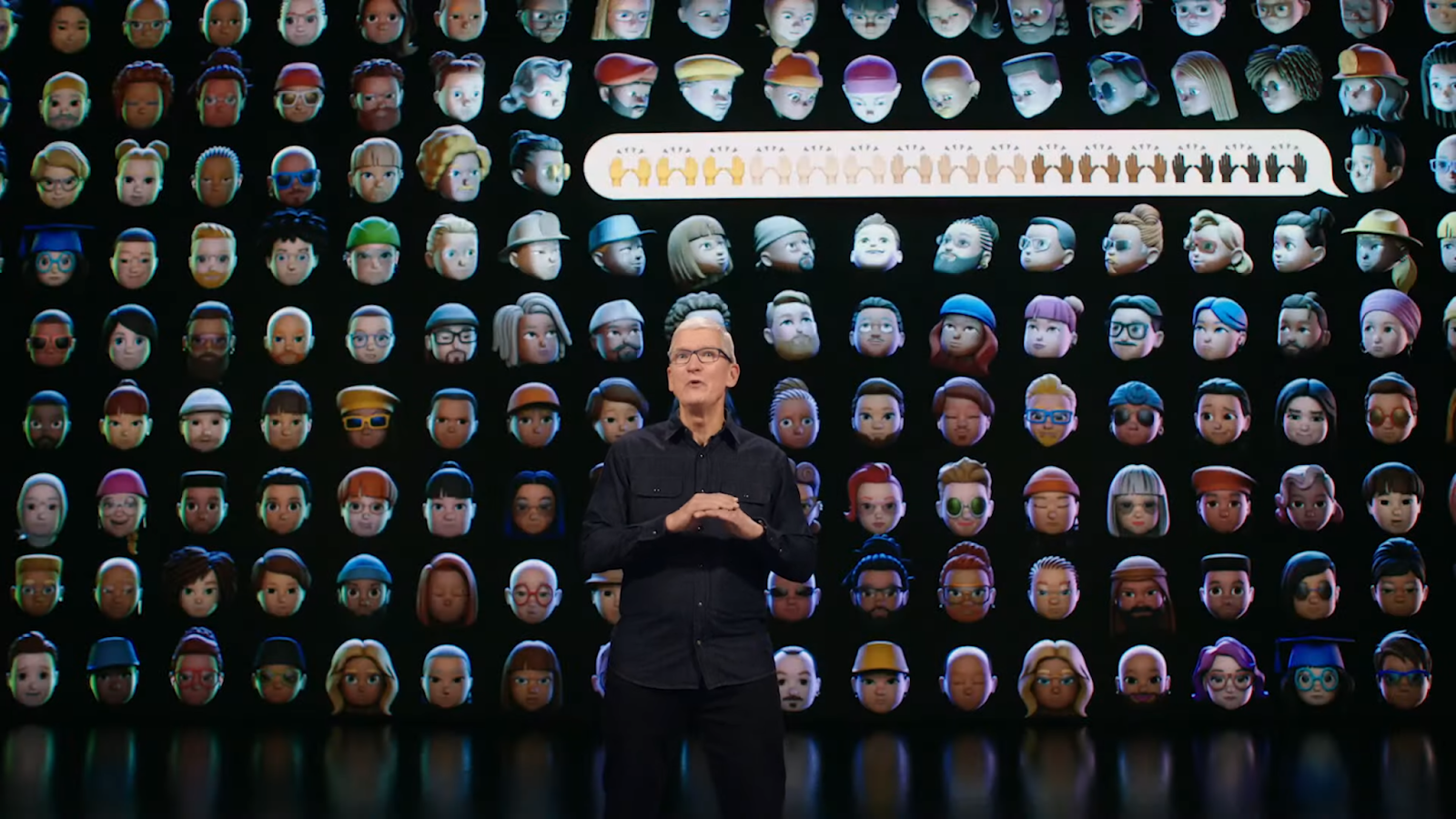Apple’s WWDC event always feels like roulette when it comes to whether or not the company will announce any new devices or big software updates. For the past few weeks, rumors have been swirling that Apple might announce new MacBooks or the follow-up to its successful M1 chip today, but that didn’t turn out to be the case. We did get news on the latest incarnation of MacOS, called Monterey, but the rest of today’s stream was mostly spent on new iOS and iPadOS features (many of which are already present in Android).
Monterey, the latest version of MacOS, was today’s biggest announcement outside of the mobile space, although it’s not shaping up to be as major of an update as last year’s Big Sur. It mostly focuses on bringing continuity across your MacBook and other Apple devices, including the ability to control an iMac, iPad and iPhone all with your MacBook’s keyboard and touchpad (or vice versa, presumably). It’ll also introduce new features that are coming to iOS and iPadOS to MacOS devices, but these are the most concrete details we know for now.
Apple did discuss that it’s going to be moving away from Automator and towards interspersing manual task shortcuts throughout the OS. Sort of like Windows Tiles, these shortcuts will let you open different apps from panels, but they’ll also take the form of buttons that show up in other programs and let you easily perform certain tasks. For instance, you might be able to make a gif straight from a photo editing program with a shortcut. It’s unclear exactly how intrusive or useful these shortcuts will be, especially since Apple said Automator would still be supported.
Safari is also getting tab groups, similar to the latest versions of Chrome and Firefox, and will also add Chrome Sync-like features to allow you to browse more easily across your MacBook and your iPhone (which will also get a tab redesign).
Speaking of iPhones, iOS 15 is adding a bunch of new features to the device, mostly focused around sharing content. These include spatial audio that tries to cancel ambient noise around you on video calls, plus grid and portrait mode options for FaceTime. FaceTime is also getting links you can send to participants that they can click on to join future calls, much like Zoom or Google Meet.
What’s more interesting are the new content-sharing features. Facetime will now let users watch content from a streaming app together, each having control of the play and pause functions for perfect, automatic syncing. This also applies to music, plus FaceTime will be adding screensharing support as well. While we don’t normally cover phones, these functions are worth nothing as they will be coming to MacOS, too.
Aside from these features, there was a lot of talk about privacy promises, more niche updates like changes to iCloud (iCloud+) and the health app, and sections covering Apple Watch and smart home devices. Plus, iOS will be introducing translation features and other quality-of-life changes that are similar to what’s already on other platforms.
But if, like me, you were hoping for more substantial information on what’s next for Apple Hardware, you’re going to have to wait a little longer. Still, if you want to check out any of these OS changes, a limited developer beta starts today and a public beta starts next month.
